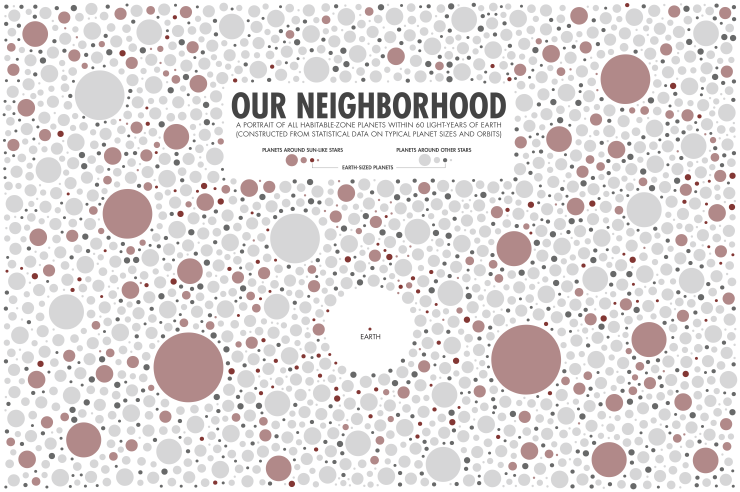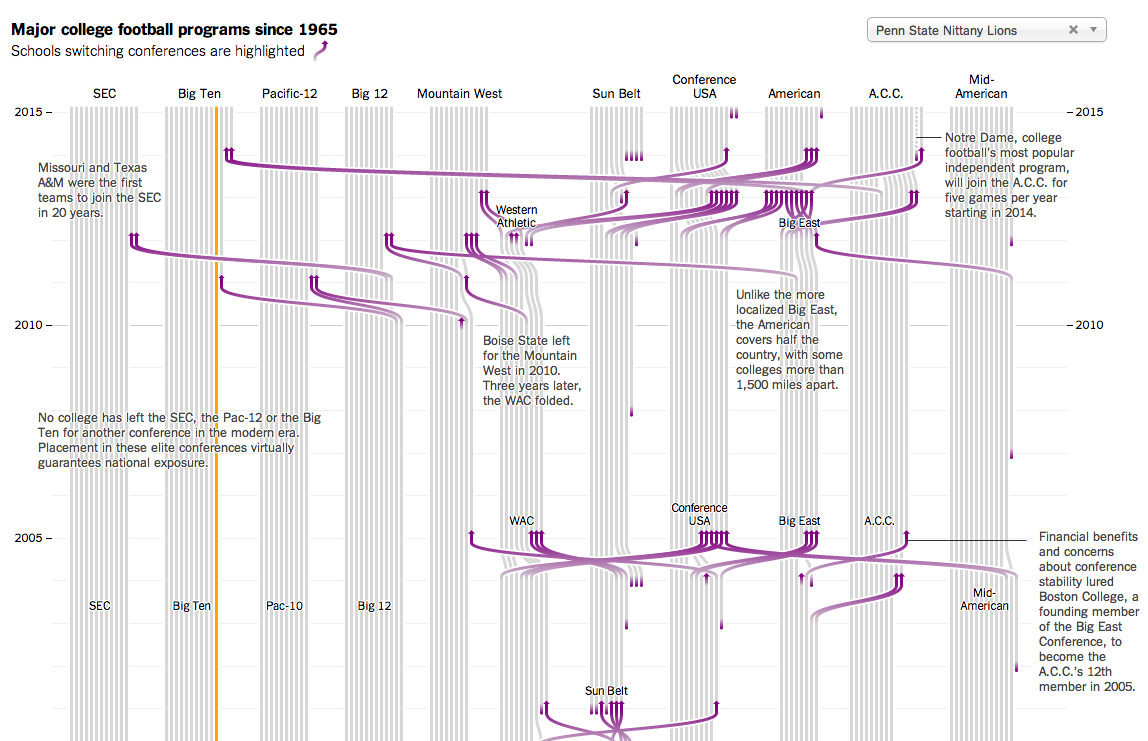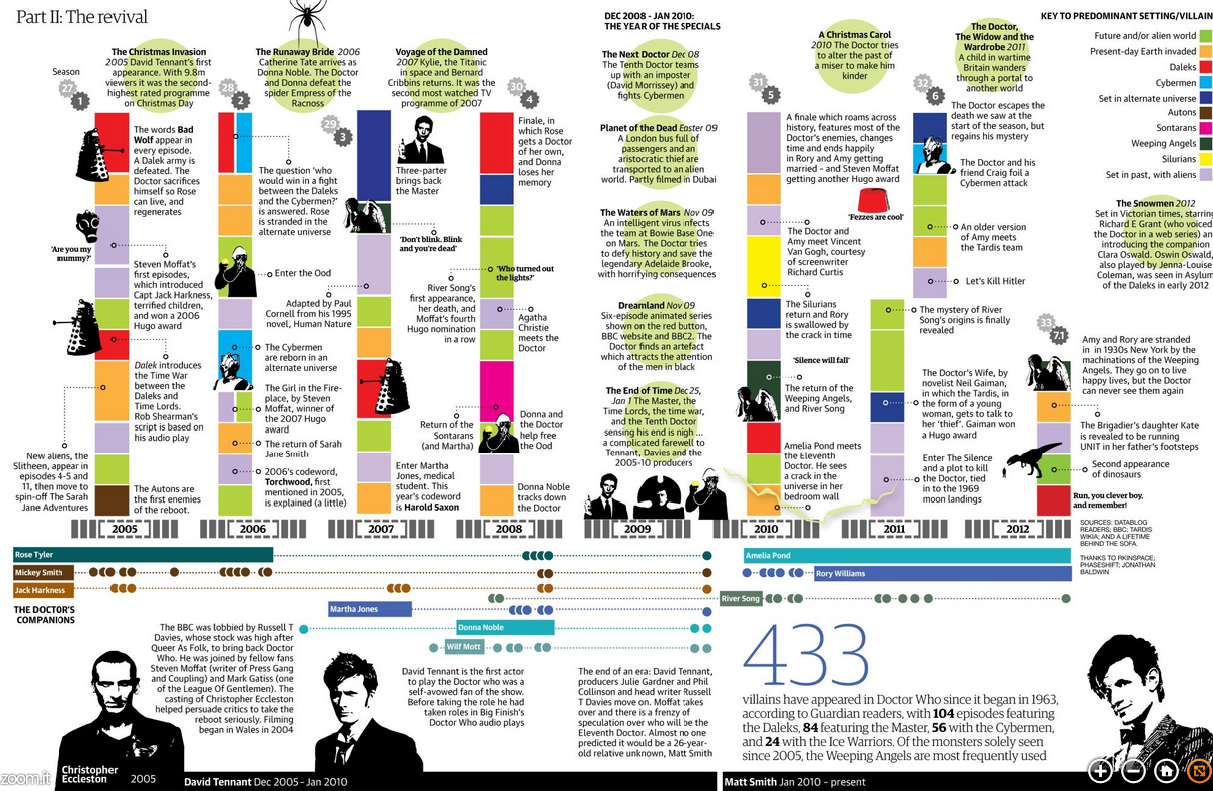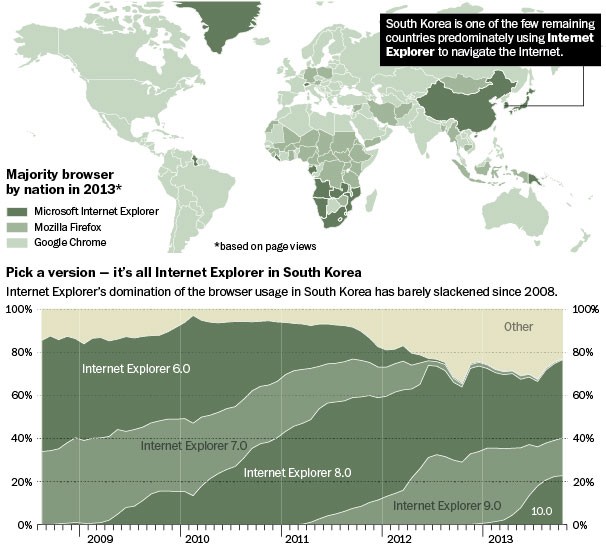So Cincinnati was going to have a streetcar. Now it won’t because the recently elected mayor, John Cranley, campaigned on killing the streetcar. I won’t get into the whys and the why nots mostly because I’m not from Cincinnati and others can do it better. Suffice it to say that costs and budget battles played a part. Yesterday the city council opted to pause the project. This will likely suspend federal grant payments, meaning contractors don’t get paid, which means the city faces lawsuits for being in breach of contract, which potentially means the city spends almost as much money cancelling the project as they would completing it.
Ordinarily I would post something from a local newspaper or media outlet covering the story. But today I have the pleasure of sharing some work that my former professor made. His infographic explores the fiscal details of the streetcar project and how much Cincinnati owes if they opt to cancel it in the end.

Credit for the piece goes to Giacomo Ciminello. You can download the original here. And you can visit his site here.











